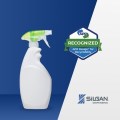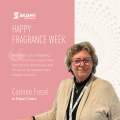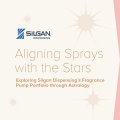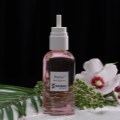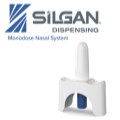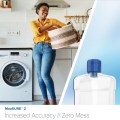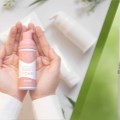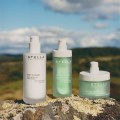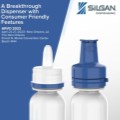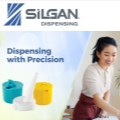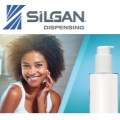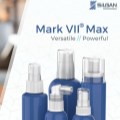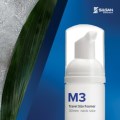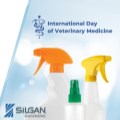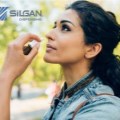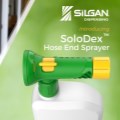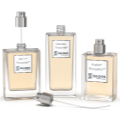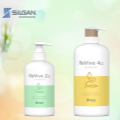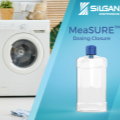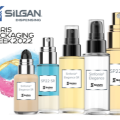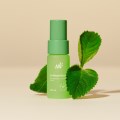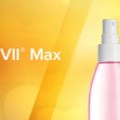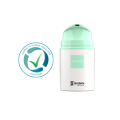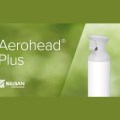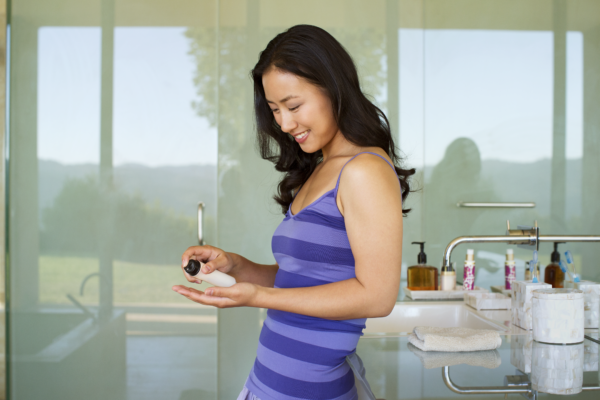

As a result of prolonged quarantines, lockdowns, and limited social gatherings, how many individuals view their care regimens has become much more about selfcare. Consumers increasingly find comfort and a sense of control through pampering rituals at home. Subsequently, beauty and wellness products are beginning to change accordingly, particularly how brands position them to consumers.
Selfcare Prompting Expanded View of Skincare, Wellness
Google searches for ‘self-care routine’ have soared by 250% since March 2020, and on TikTok, ‘#selfcare’ has 21.7 billion views, as of May 2022. Additional research indicates consumers’ new routines are much less focused on makeup and beauty regimens, more so on skincare.
A 2020 study empirically proves that skincare routines can decrease stress, which is further validated through another study showing that more than three in four (78%) individuals view skin and hair care as a way to cope with stress. During seasons that saw individuals experiencing chronic stress and anxiety, it’s no wonder that many are exploring this idea in new ways as a means to improve their wellbeing.
Elevating Body Care to the Same Stature as Facial Care
Traditionally, much of the skincare market has focused on facial products. But as interest in skincare has heightened, so has consumers’ attention to other parts of their body, supported also by popular mental health and wellbeing trends. Many beauty and personal care brands are reacting to this trend in how they define and differentiate their body care products – further segmenting the market and focusing on specific skin issues.
For example, there currently are specialized innovations for different parts of the body, different skin shades/types (e.g., aligning with heightened attention to diversity and inclusion), the use of “high-grade” formulas usually more exclusive to facial care products, and promoting the inclusion of vitamins, especially immune-supporting vitamins C and D.
“Our expansive fine mist portfolio is well suited for a variety of applications and formulas. Our Mark VII Max line is customizable and effective for a variety of uses such as sunscreen and oils as well as the ability for inverted use for those hard-to-apply areas. Our newest release Mark VII Max Blossom is a propellant-free, ultra-fine mist sprayer suitable to provide a more delicate and premium spray experience for an elongated and dryer application.”
– Etienne Briere, Senior Manager, Global Fine Mist and EU Marketing, Silgan
‘Home as Spa’ Concept
Understandably, as consumers expand their skincare and wellness regimens, the concept of the home is becoming more akin to a spa. It’s expected this will continue as both employees’ and employers’ receptiveness to remote work suggests thousands of individuals will be home more routinely on an indefinite basis. It’s increasingly important for those with this work arrangement to invest in their home and carve out spaces that provide a sense of tranquillity.
More broadly, consumer spending on home improvement skyrocketed in 2020 and 2021, climbing 15% and 13.3%, respectively. Much of those efforts were directed at spaces like the bathroom and bedroom, common spots for personal care regimens, according to a survey of planned home improvements in 2021. Beyond making the actual spaces nicer, many consumers also are investing in more beauty and personal care products to augment their care routines. Globally, 78% of women expect to indulge in body care products.
How Beauty and Personal Care Brands Should Account for These Trends
With both concepts – caring for the whole body and elevating the home as a spa – there are clear opportunities for beauty and personal care brands to distinguish their products, both in formulation and packaging. Beauty brand offerings based on sensorial experiences are set to make up a significant part of the global wellness economy, which is predicted to reach $7tn by 2025.
Here are three packaging and dispensing design factors that beauty and personal care brands should consider as they navigate these trends.
Transparency matters
Consumers generally are now more mindful of what goes in and onto their body, as well as how those products impact the environment. In response, brands should consider offering more sustainably sourced and natural formulations.
It’s important that products’ packaging clearly communicate this benefit, both in function and communication. Offering dispensing solutions with post-consumer recycled (PCR) resins and fully recyclable components give consumers the peace of mind that their purchasing decision isn’t hurting the environment. Additionally, packaging employing a minimalist design can further give the impression that the product’s formulation isn’t overloaded with concerning or superfluous chemicals.
“Pearl 2, our next-generation airless system, uses LifeCycle™ Technology to deliver a more sustainable dispensing solution. Without compromising on function Pearl 2 features a patented plastic spring that eliminates materials that would disrupt today’s recycling streams. It’s a great option for customers who are looking for beauty packaging while also contributing to their sustainability goals.” – Augustin Garban, Product Line Manager- Beauty Marketing, Silgan
Emphasize safety and hygiene
According to one Euromonitor study, more than half of global consumers believe packaging’s protective function is more important since the coronavirus outbreak. This is leading to the development of more touchless and airless applications, as well as other delivery options that give consumers a sense of safety and security when using different products at home. Packaging offering hygienic solutions as well as ingredient safety and transparency will represent an important feature.
Ease and prestige are paramount
While consumers are aware of the importance of maintaining healthy body and home hygiene routines, time remains a scarce resource for many who are juggling their personal and professional lives. Products offering respite and care shouldn’t be a frustration in any way, quite the opposite. Using these products should be a delight. Investing in premium packaging and dispensing technology that offer benefits such as soft actuation and a fine, elegant mist or a rich and luxurious foam can bring both a sense of comfort and luxury to consumers.
The want for products and regimens that can support feelings of pampering, wellness and safety are clearly on the rise – and given the state of remote work, this isn’t suspected to change any time soon. All of this offers beauty and personal care brands ample opportunities to develop products and packaging that align with this “home as spa” trend, giving consumers moments of peace and serenity no matter what might be going on in the world.





